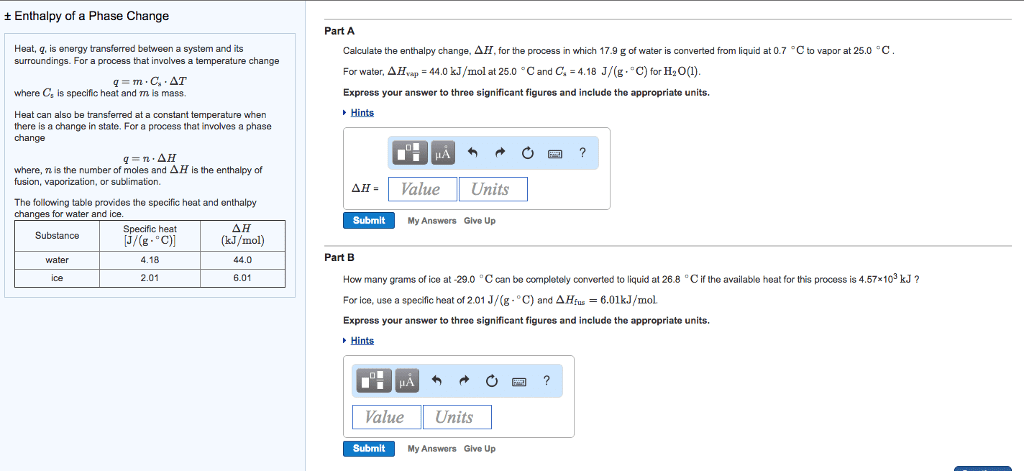CHE 1302 Study Guide - Midterm Guide: Spontaneous Process, Room Temperature, Phase Transition
Document Summary
Explanation: a is obviously endothermic (+ h), as we are told the temperature drops. We are also told that the salt is soluble, which leads to an increase in entropy (+ s), and so is spontaneous. Melting of ice (c) involves the solid to liquid phase transition, which is endothermic (+ h). D involves a liquid to gas transition (+ s) and an endothermic process (you have to heat water to vaporize it !) (+ h). Gibbs wheel and note that this is spontaneous at high temperatures. In e, we have an endothermic process (solid co2 forming gaseous co2) (+ h) which involves an entropy increase (+ s). As for d, this situation is spontaneous at high temperatures". We have to know a little bit about co2 to eliminate this answer it"s a gas at room temperature, and a solid only at very low temperatures.


